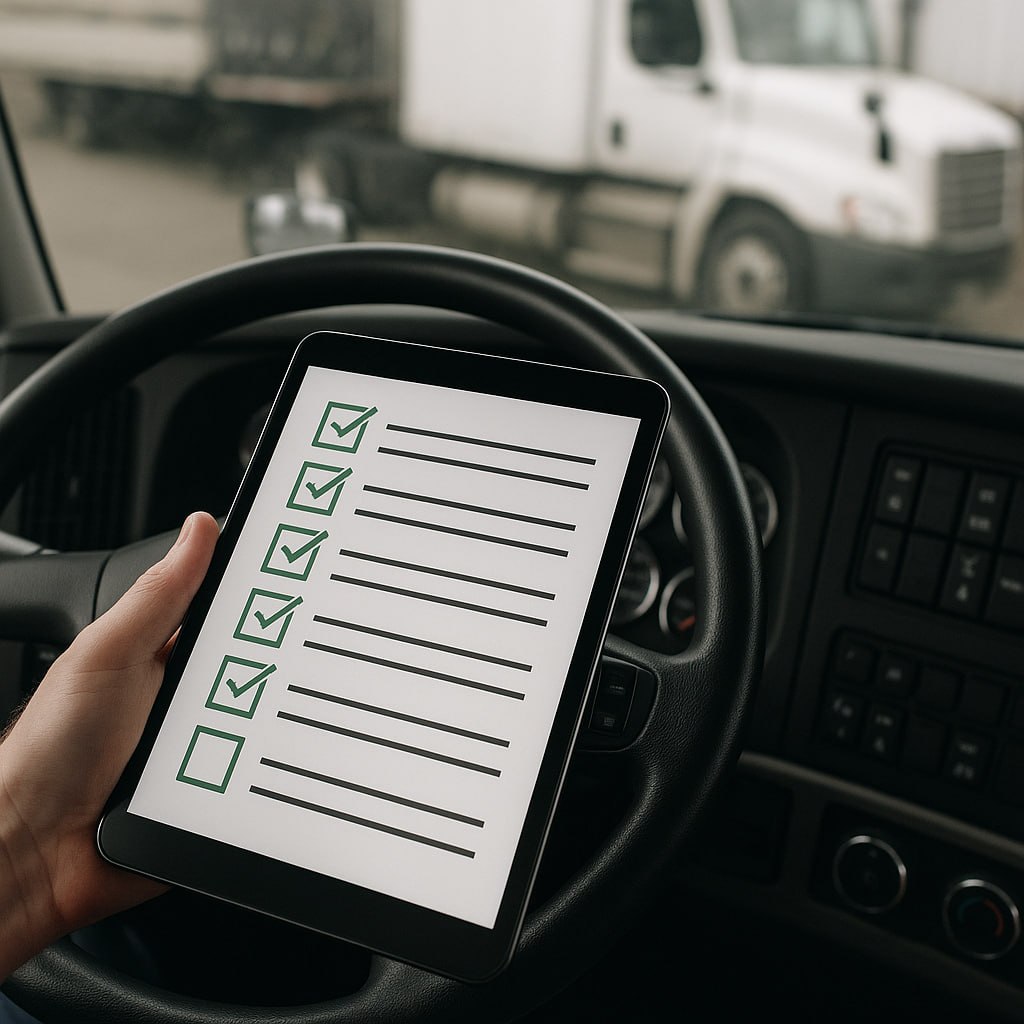The FMCSA (Federal Motor Carrier Safety Administration) conducts thousands of inspections on commercial motor vehicles across the United States each year. For commercial fleets, these inspections can be either a simple formality or a source of serious issues—fines, vehicle shutdowns, or even loss of operating authority.
Understanding what exactly FMCSA inspectors look for during roadside inspections helps fleet operators prepare in advance, minimize risks, and protect their reputation. This article provides a full checklist and practical preparation tips.
⚠️ In 2025, special attention is being given to ELDs removed from the FMCSA’s approved list.
What FMCSA Inspectors Check

1. Driver and Vehicle Documentation
2. HOS and ELD Compliance
-
Certified and registered ELD device
-
Accurate status change logs
-
Logbook edits and annotations
-
Driving time violations
-
ELD compliance with FMCSA rules (data transfer, GPS, driver identification, etc.)
3. Vehicle Mechanical Condition
Vehicles with serious defects may be placed “Out of Service.”
4. Identification and Markings
5. Drug & Alcohol Testing Compliance
-
Evidence of drug and alcohol testing
-
Records in the FMCSA Clearinghouse
-
Participation in a compliant testing program
6. Past Violations or Incidents
-
Review of inspection history
-
Identification of recurring violations (logbook edits, frequent crashes, etc.)
-
Links to SAFER and SMS (Safety Measurement System) data



